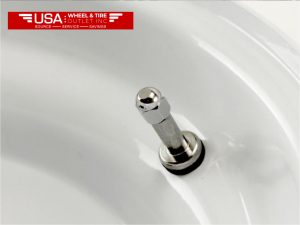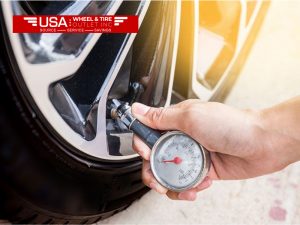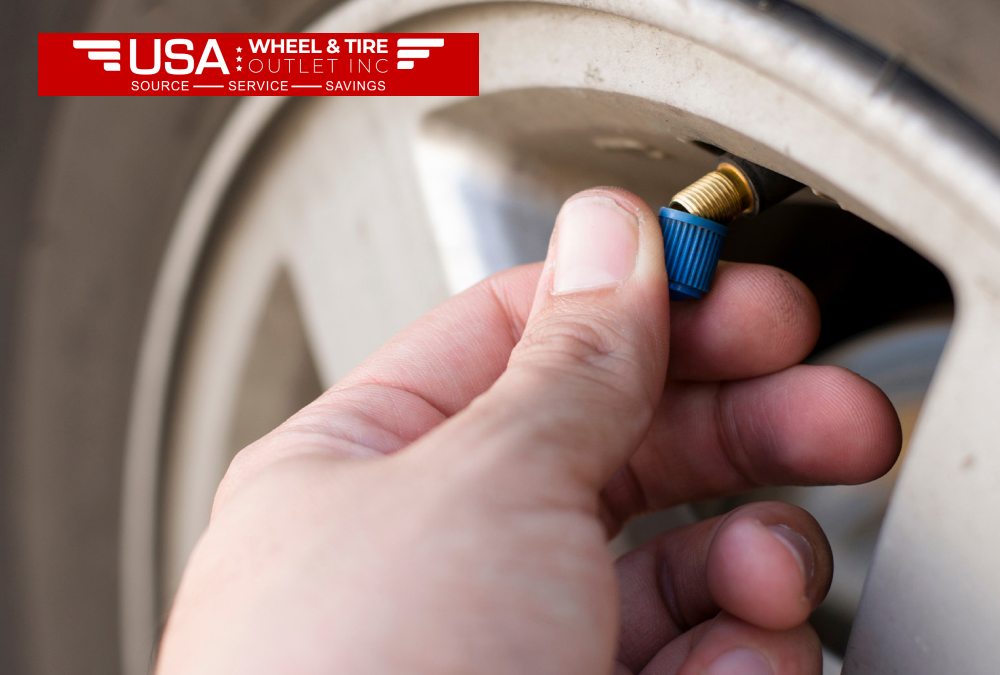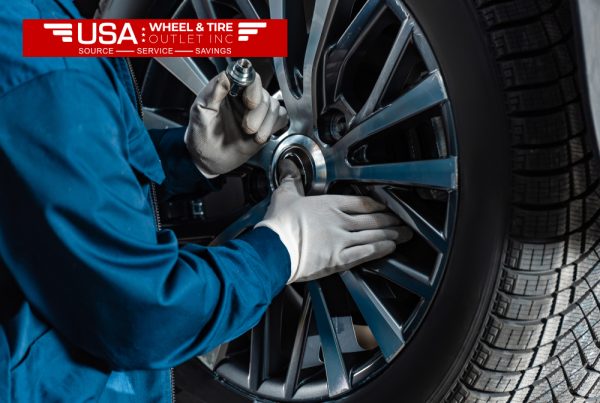With regard to tire maintenance, understanding the Max Tire Pressure Valve Stem is important so that your vehicle is as safe and performing as possible. Tire inflation plays a significant role in your car’s overall performance, safety, and fuel efficiency. The valve stem, a small but vital component, regulates tire pressure and ensures that the tires are properly inflated. But what does max tire pressure valve stem mean?
Why is it important to pay attention to the PSI ratings and valve stem durability?
In this blog, we’ll look at what the Max Tire Pressure Valve Stem Ratings do, how they work, and why one should use them for having safe tires. Let’s proceed to understand factors influencing tire inflation; risks that result from dismissing valve stem ratings; proper maintenance of your valve stems:
What is a Tire Valve Stem?
It is a small rubber or metal piece sticking out from the inner side of the rim of a tire and it contains the valve core which allows air into or out of the tire. Valve stems play an important role in controlling tire pressure, and this impacts your vehicle’s handling, fuel efficiency, and safety directly.
Each tire has a specific Max Tire Pressure Valve Stem Rating. This is the maximum safe pressure that the valve stem can handle to ensure safe pressures. Normally, this rating appears on the side of the valve stem or tire. Exceeding such ratings may lead to valve stem failure, air leakage, and even a blowout.
What are Max Tire Pressure Valve Stem Ratings?
Max Tire Pressure refers to the highest pressure that a tire may be safely subjected to by normal driving conditions. The pressure is rated in PSI, pounds per square inch. The rating usually is printed or stamped on the tire’s sidewall under Max Tire Pressure Valve Stem and it means the number indicated, maximum PSI the tire valve stem can withstand.

Each tire has its recommended pressures based on several factors such as the type of vehicle, the type of tire construction, and the weight load that the tire is meant to carry. Over-inflating or under-inflating your tires may lead to hazardous driving conditions, such as loss of traction, wear of the tires, and even blowouts.
Valve Stem Durability and Its Role in Tire Inflation
This makes durability essential in ensuring that your tire is properly inflated by the valve stem. As such, the valve stems are designed for high pressures, but wear and tear is inevitable. Thus, constant exposure to heat, UV rays, and chemicals leads to degradation of the rubber or metal components of the valve stem, which may end up leaking or even fully failing.
A Max Tire Pressure Valve Stem rating ensures that the valve stem can withstand the tire’s required pressure for safe driving. If the tire is overinflated beyond the valve stem’s maximum pressure, the valve stem could fail, causing the tire to deflate.
Why is Max Tire Pressure Important for Safety?
In Acoordence with USA Wheels Tires, Correct inflation of the tire is critical for the safety of vehicles. Your vehicle performs well and runs smoothly when its tires are properly inflated. It enhances your fuel efficiency, and reduces the likelihood of tire blowouts. Safety in terms of inflation is more essential when one is driving at a high speed or carrying heavy loads.

If the valve stem is not able to support the pressure inside the tire, the valve stem will leak slowly and gradually, making the tire lose air. It will have a bad traction and will be difficult to brake; it might even cause sudden tire failure. For this reason, the correct PSI needs to be maintained, and your valve stems need to be inspected for wear and tear at regular intervals.
How to Check Max Tire Pressure Valve Stem Ratings
In checking the Max Tire Pressure Valve Stem rating, you have to locate the sidewall of your tire. The sidewall contains some vital information such as the tire size, load capacity, and maximum pressure.
The Max Tire Pressure rating is usually printed as something like “Max Pressure: 35 PSI” or “Max Load: 1200 lbs at 35 PSI.” This information will tell you the maximum safe pressure your valve stem can support. Be sure never to exceed this number because exceeding the PSI rating may compromise the integrity of the valve stem or possibly even damage the tire.
Check the max pressure and ensure that your tire’s valve stem is in good condition. Cracks, discoloration, or visible damage are some signs of wear. If you notice these issues, it might be time to replace the valve stem.
Why Valve Stem Maintenance Is Important for Tire Health
Valve stem care is often overlooked in the context of tire maintenance. Many drivers focus on tire tread depth, alignment, and balancing but forget that maintaining valve stems is essential to ensuring the proper inflation of your tires. This may cause your tires to slowly lose air, leading to a loss in performance, decrease in safety, and perhaps premature wear on the tire. Let’s take a look at why keeping up with your Max Tire Pressure Valve Stem is important for good tire health.
Valve stem Tips to Extend Lifespan
Maintaining your valve stems appropriately helps you increase the lifespan and minimize the number of times they will need to be replaced so that they work optimally. Here are a few tips to help you get the most out of your valve stems:
1. Avoid Over Inflation: Always make sure to inflate your tires correctly as provided on the owner’s manual or placard. Over inflation imposes an excessive stress load upon the tire and the valve cap as a result, raising a prospect of damage.
2. Check Valve Stems Regularly: In routine tire inspections, check the valve stems for signs of damage, wear, or leaks. It is a quick process that can help prevent larger issues down the road.
3. Use Quality Inflation Equipment: When inflating your tires, always use high-quality, reliable tire inflation equipment. Poorly made tire inflators can damage the valve stem or tire, leading to leaks or other problems.
4. Replace Damaged Valve Stems Immediately: Do not wait for a leak to appear before replacing a damaged valve stem. When you notice an issue, replace the valve stem to avoid the danger of low tire pressure and unsafe road conditions.
Conclusion: Tire Inflation Safety Begins with the Valve Stem
Understanding the Max Tire Pressure Valve Stem rating is one way through which safety in tire inflation will be attained. Properly inflated tires result in better performance for vehicles, increased safety, and long-term durability of the tires. By ensuring the valve stems are strong enough and able to withstand the proper PSI, you can eliminate such issues as air leakages, blowouts, and other types of poor wear.
Always check the Max Tire Pressure Valve Stem rating when inflating your tires, and be diligent about tire maintenance. Regular checks and proper care can help ensure that your vehicle is safe to drive, while also improving fuel efficiency and performance.
By paying attention to valve stem durability, PSI ratings, and tire maintenance, you’re setting yourself up for a smoother, safer, and more efficient driving experience.
Read Also: Top Cars That Have Good Gas Mileage for 2024
FAQs About Max Tire Pressure Valve Stem Ratings
1. What is a Max Tire Pressure Valve Stem?
A Max Tire Pressure Valve Stem is one of the critical parts of your car’s tire inflation system. It is actually a small valve that manages airflow going in and out of the tire so that it can always have the correct pressure inside it. The valve stem, like any other valve stem, has a maximum rating on its pressure, showing how much PSI the valve stem can withstand safely.
2. Why is the Max Tire Pressure Valve Stem important for tire safety?
The Max Tire Pressure Valve Stem ensures that your tires are properly inflated without over-pressurizing. If the valve stem cannot handle the required PSI, it can lead to air leaks, reduced tire performance, or even blowouts. Proper tire inflation contributes to better traction, handling, fuel efficiency, and overall driving safety.
3. How do I know the Max Tire Pressure Rating for my valve stem?
The Max Tire Pressure rating is printed or stamped on the sidewall of your tire. The rating of the maximum PSI that a tire and valve stem safely can handle will be indicated on the sidewall of your tire. Make sure you check the sidewall for this rating, which you will use to prevent over- or under-inflating your tires.
4. Can I Over-Inflate my tire at Beyond the Max Valve Stem Pressure?
You could not over-inflate beyond the Max Tire Pressure Rating specified for the valve stem. An overshot pressure could probably create a failure of your valve stem, which would again start leaking air or give one a blowout among various other safety hazards; only follow the manufacturer recommended pressure for both the tire as well as the valve stem.
5. What if something happens to my valve stem?
In case a valve stem fails or is damaged, one might face slow air leaks or possibly even tire deflation entirely. If a valve stem breaks, the proper pressure cannot be maintained. Poor vehicle handling, lower fuel efficiency and uneven tire wear may occur due to such an irregularity. One must regularly monitor the condition of their valve stems.
6. How often do I have to replace my valve stems?
Valve stems should be replaced anytime you change your tires, or if you observe signs of wear or damage. A damaged valve stem may have cracks, leaks, corrosion, or visible deterioration. Inspection of the valve stem while checking for your tires is advisable, and this way, you will know when it has to be replaced.





